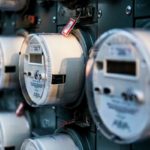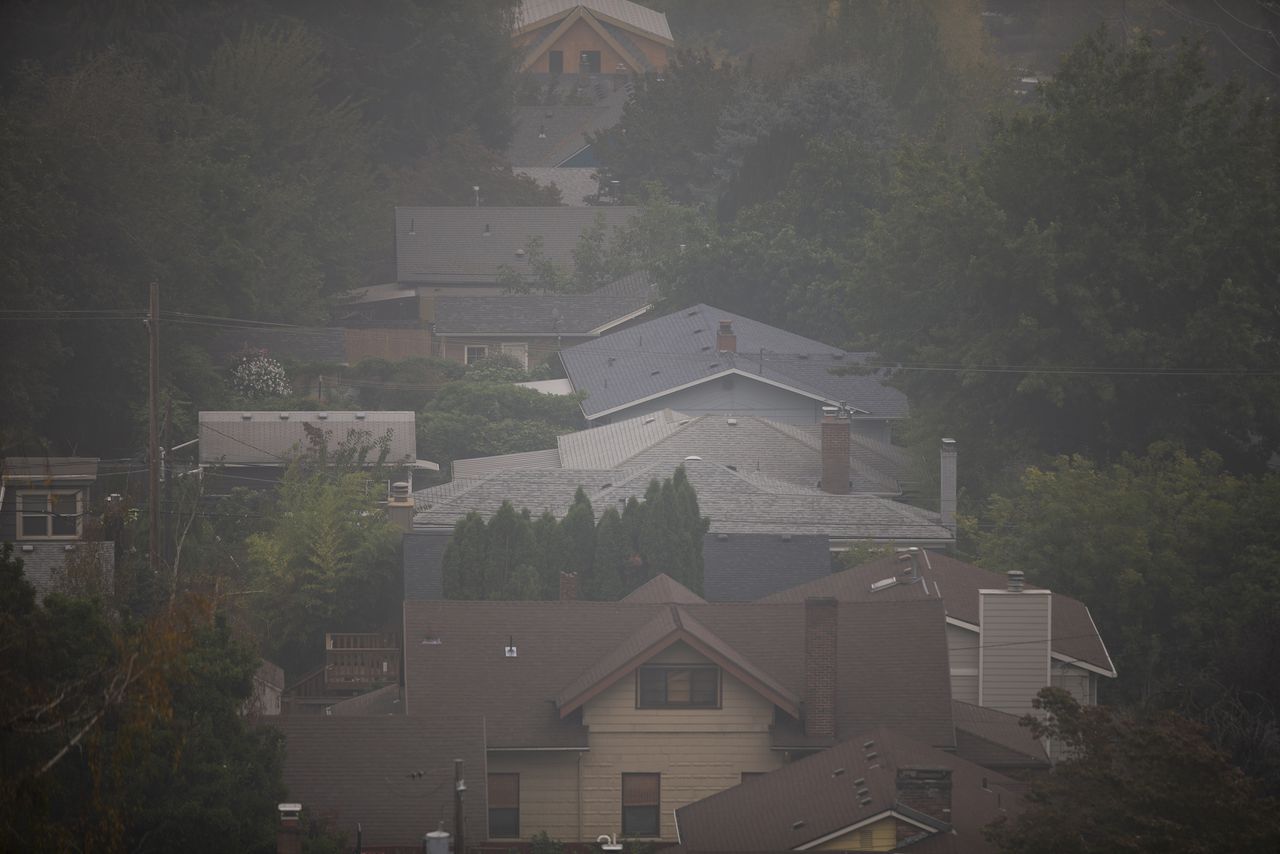Aim low! (On the HERS Index, that is) – Charleston Post Courier
Energy Disrupter
Here’s a quick question that you might not be able to answer: Do you have any idea what your home’s HERS rating is? The acronym, which stands for Home Energy Rating System, refers to how energy-efficient your home is, based on several different factors. Developed by RESNET, or the Residential Energy Services Network, HERS is used in the Lowcountry and across the United States to determine whether a home meets the standards of the International Energy Conservation Code, which was originally established in 2000 and is updated every three years.
Generally speaking, the lower your HERS rating is, the better off your home is in terms of energy efficiency, with 100 being “on par” with the HERS reference home. But you might think of a 100 rating as a C average for a student — for a newly constructed house, anything higher than 100 is inexcusable, and even a rating right at 100 might be considered to be pretty lousy. That’s why here in the Lowcountry, builders are aiming lower than ever on the HERS index, and the resulting numbers ensure that we are growing greener all the time.
Greener building: What does it mean?
Scott Elliott, president of Blue Zero Homes in Charleston, was inspired to build greener homes while working for a marketing firm in his native Canada and representing a large builder that, in Elliott’s view, was not addressing what the consumers wanted. Though he says that energy efficient homes “weren’t so common in Canada,” they were nevertheless becoming more popular. In short, even though the builder wasn’t heeding the growing interest in energy efficiency, Elliott himself felt intrigued by the possibilities.
This 1700 sq.ft Blue Zero Home made with structural insulated panels is an energy efficient home in Summerville with an impressive HERS rating of 19.
“I decided to look for ways to build high-quality, weather resistant homes that did not break the bank,” he says. “That’s what led me to start Blue Zero Homes.”
Meanwhile, another Charleston-area builder, Mungo Homes, was founded in 1954 in Columbia, South Carolina, and since then has extended its footprint into other markets, including Richmond and Savannah, according to Purchasing Manager Aaron Droege. One of the ways Mungo Homes ensures quality and energy efficiency is through a third-party company called Arcxis, which can verify energy efficiency before the home is even completed. “The majority of our homes are verified before the drywall even goes up,” Droege explains.
When it comes to building an energy-efficient home, every piece of the construction puzzle makes a major difference — it’s not simply using the right kind of lightbulbs. Elliott points out that while nails and wood framing haven’t changed all that much over the years, Blue Zero Homes is having success with a material known as structural insulated panels, or SIPS. The SIPs are infused with a special foam to make them more energy-efficient, and Elliott points out that they are “lightweight, snapping together to prevent leaks or gaps.”
“Imagine you wanted to live inside of a cooler,” Elliott continues. “Once you have that energy-efficient shell, everything else inside doesn’t matter; the box itself is energy efficient. We also implement a sealant to make the home even more weatherproof and insect-proof.”
Droege agrees that creating an energy-efficient “shell” is the most important part of building a totally energy-efficient home, which is why Mungo Homes seals the framing of each new house with quality insulation, caulking carefully so that air is unable to leak out. “It’s like having a blanket on your body,” he explains. “If it’s not directly draped on you, the blanket won’t matter. The insulation must be directly on the house to keep the air out. We also use REX house wrap, which is a superior wrap.”
Mungo Homes seals the framing of each new house with quality insulation, caulking carefully so that air is unable to leak out.
Droege adds that Arcxis, the third-party company that inspects each home built by Mungo, ensures at this point that the home is airtight. “The thermal envelope is examined, and the home is checked for any cracks so we can make sure our framers negate those cracks,” he says. “It all goes back to air exchanges. They test the air infiltration in the home and the ductwork to ensure there is no air leakage.”
Other factors in a greener home
While an airtight home is the beginning of a greener existence, several other factors play into having a completely energy-efficient house, from considering the direction the windows face to buying the best appliances your dollar can afford.
For example, if you’re a big fan of large windows — and who isn’t these days? — it’s useful to keep in mind that placing these windows on the north and south ends of the house, rather than the east and west, will add up to a considerable difference in keeping the home cool in the summer and warm in the winter, making sure those energy bills remain as low as possible, Droege points out.
It would be an excellent idea to also remember that your home’s HERS score isn’t just about the structure of the house — it’s about everything inside the house as well. Anything that contributes to the size of your energy bill is fair game for a higher or lower HERS score, from lightbulbs to ceiling fans to appliances.
This custom 3500 sq.ft home in Briars Creek was made completely with energy efficient structural panels by Blue Zero Homes.
“To get your HERS score, they look at your appliances, your air barrier or thermal envelope, whether you use LED or incandescent bulbs, what state your HVAC system is in and the insulation in your walls and ceilings,” Droege adds.
LED bulbs, which have become more popular than the old-school incandescent bulbs in recent years, use about 90 percent less energy, according to the U.S. Department of Energy – and LEDs are now available in a variety of wattages and styles. Furthermore, they are great for indoor and outdoor use because they are less affected by weather.
What about appliances? Perhaps you’ve heard of the Energy Star rating, but do you know what it means? It’s a special government rating for appliances that are considered more energy-efficient and can keep your home greener and your bills lower. To see which ones make it onto the list, you can visit energystar.gov and look at “Find Products” before purchasing a new appliance for your home.
The HERS results of greener building
Because a HERS score of 100 is the bare minimum for new construction, Blue Zero Homes and Mungo Homes work diligently to keep scores much lower, and homeowners reap the benefits. A low HERS rating means lower power bills and environmentally friendly living for the homeowner — as well reselling the home faster and for more money down the road. Think about it; a home inspector will often find something to delay or derail a sale, but a low HERS rating means that the home is still energy-efficient, making it more attractive to the buyer.
“It’s not uncommon for an inspector to find holes in an attic, for example,” Droege points out. “HERS rating tests are not mandatory for builders and are expensive, but they proof the home against problems. Though 100 is required for new construction, our homes usually score in the mid-60s.”
“A good score is 50 or 60,” Elliott adds. “So, a HERS score of 100 is already a poorly performing home – and heating and cooling leakage only adds to that number. We’re seeing customers with power bills for around $40 or $50 – and we’re doing high-end custom building on Kiawah. The SIPs we use can cost about 5 percent more than traditional wood, but the cost of ownership afterward is less.”
Curious about the HERS rating on your existing home? Though it’s really only “necessary” to obtain a rating when building, buying or selling, you can schedule a HERS test at any time, even if you’ve lived in your home a while, by contacting the Residential Energy Services Network and making an appointment. When the HERS testing professionals arrive, you can expect them to test the same items Elliott and Droege mentioned: airflow through the ductwork, efficiency of the HVAC system and potential leakage of air.
Staying ahead of the green curve
Both Droege and Elliott feel that energy efficiency means continued education on green living for the builder, the client and anyone else involved in the process, which is why Mungo Homes and Blue Zero Homes are continually seeking out the best in the industry.
This dining room in a Mungo Homes house was built with energy efficiency at the forefront of the construction planning process.
“One of the challenges of building an energy-efficient home is finding contractors who will try something different and innovative,” Elliott admits. “I would say only 1 in 10 is willing to do that. But our clients see every dime we spend, and we work together to find the best course that suits their budget. We offer three bids for everything, and, if a client doesn’t know what or who to select, we help them decide.”
“To stay ahead of our competition, our two companies [Mungo Homes and Arcxis] have an open line of communication to discuss new trends for better energy efficiency,” Droege adds. “Mungo’s relationship with Arcxis goes back 15 years. They do our testing and provide consulting, and they help train our builders and area construction managers on testing concerns and best practices.”
Original Source: https://www.postandcourier.com/business/real_estate/aim-low-on-the-hers-index-that-is/article_602f438a-e1aa-11ec-b926-b3df9f15961c.html














